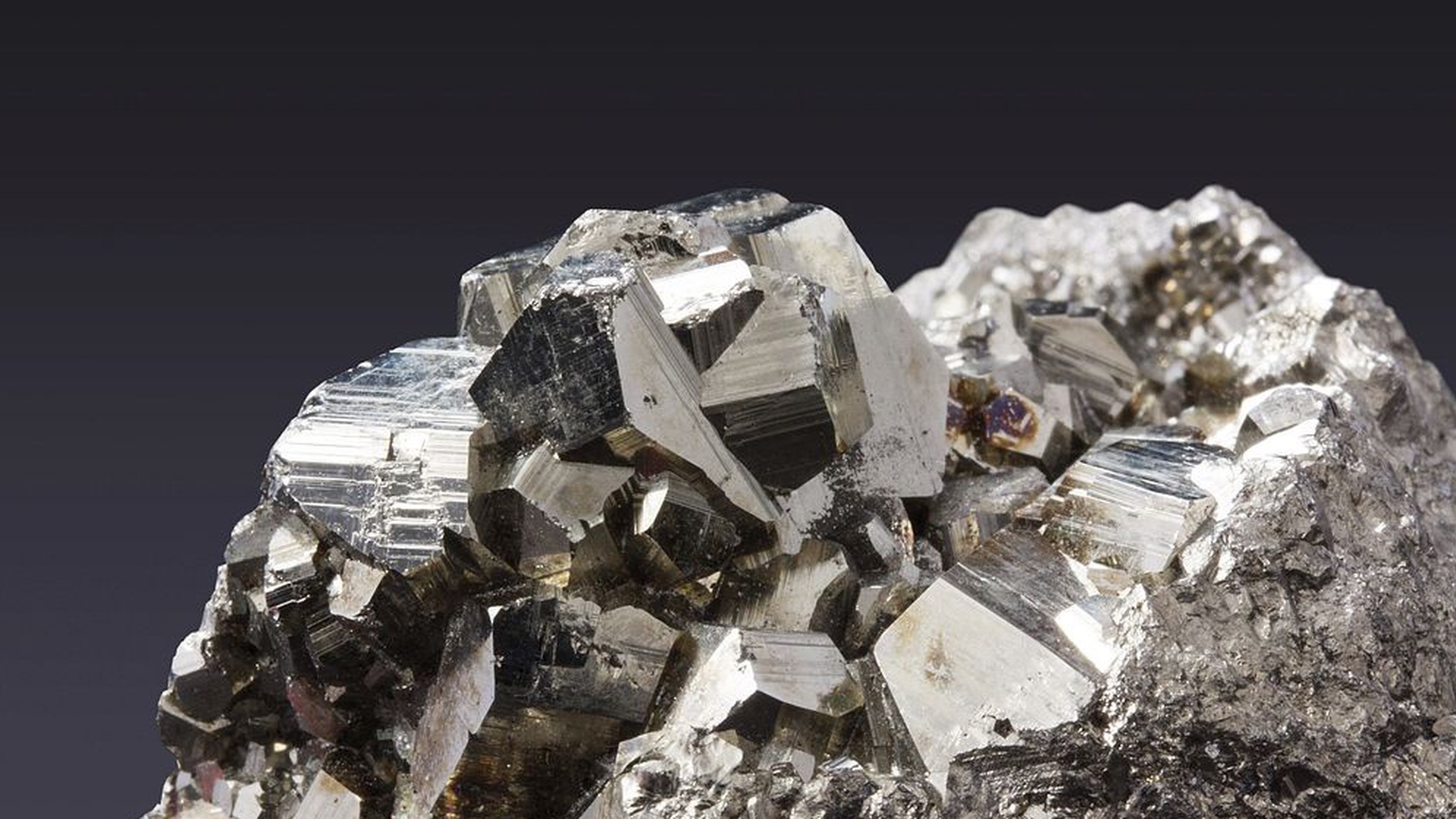

As of late 2025, the global rare earth supply chain faces a ticking clock. Underneath the rising tensions of U.S.–China trade negotiations and surging market volatility lies a more immediate, material danger: the US industries that rely on rare earths, according to former Commerce Secretary Ross, may only have six to 12 months left until trade tension eases
Following China’s sweeping expansion of export controls announced in October and encompassing 12 of the 17 critical rare earth elements, the supply of these indispensable materials has tightened dramatically. With new licensing rules now requiring government approval even for small quantities of Chinese-origin rare earths embedded in finished products, companies are scrambling to secure materials before the commercial flow grinds to a halt.
Industry surveys and internal procurement reviews reveal a stark timeline: U.S. manufacturers, defense contractors, and global magnet producers hold inventories that would sustain normal operations for only five to six months. That horizon pushes the global supply crunch into April 2026, at which point stockpiles could be exhausted, pricing could spike further, and production lines could go dark.
Dependence on Chinese supply is not a new phenomenon. China controls over 60% of global rare earth mining and more than 90% of refining, but this moment is different. China’s new export regime introduces not only economic friction, but also strategic leverage. Beijing can now functionally dictate who can access refined rare earths, under what conditions, and at what cadence. Enforcement of the new system has already delayed shipments, disrupted quarterly procurement planning, and raised fears that defense-critical magnets used in everything from missiles and fighter jets to radar systems could become inaccessible.
More troubling is the fragility in the midstream portion of the supply chain. While nations like the U.S. and Australia have restarted mining operations, they lack sufficient capacity to separate and process those materials into usable components. China's chokehold isn't just at the mine; it stretches through metallization, alloying, and magnet fabrication. And now, foreign companies using even 0.1% Chinese-processed REEs must seek Chinese export licenses, creating red tape that disrupts everything from electric vehicle motors to the latest consumer electronics.
Meanwhile, strategic reserves, long proposed but never meaningfully established, remain in the early stages. The U.S. does not yet have a formal national stockpile of rare earth elements. Although the Department of Defense has struck deals with domestic miners and processors like MP Materials, these projects take years to scale. Even with expedited approvals and Operation Warp Speed-style funding programs, meaningful redundancy and supply chain resilience are likely still years away.
In the face of this looming deadline, companies are accelerating procurement, hoarding supplies months in advance, and triggering price cascades. Terbium oxide, praseodymium-neodymium alloy, and dysprosium metal have all climbed double digits in the last month alone. But price is quickly becoming a secondary concern; access is the true crisis.
"Unless new supplies are secured or rationing begins, the production of advanced weaponry, EV motors, and AI-capable chips could slow dramatically if not stop outright," says REEx analyst Elaine Markov. "We are dangerously close to the edge."
While the world has made some progress in ramping up upstream mining activity, particularly in Australia and the U.S., the real crisis is midstream. Most countries lack the facilities to separate, alloy, and fabricate rare earth materials into usable components such as magnets, catalytic additives, or phosphors.
And now, China’s imposition of licensing filters even on foreign products that contain trace Chinese REE content has introduced cross-border commercial paralysis. The FDPR-style policy requires an export license even if Chinese rare earths represent just 0.1% of a product’s value. As a result, companies are stockpiling aggressively, further tightening global supplies and sending prices higher across all key elements.
Despite the increasing urgency, the U.S. does not currently have a formal, nationally controlled strategic reserve of rare earth elements, a fact called “scandalous” by several economists. While the U.S. Department of Defense has initiated targeted procurement and equity deals with MP Materials and other firms, large-scale reserves or guaranteed multi-year pipelines remain a work in progress.
Without rapid industrial policy and acceleration of domestic and allied processing capacity, once the six-month cushion expires, many high-tech sectors will face difficult choices: raise costs, cut output, find substitutes, or concede further ground to China’s dominance.
The clock is ticking. As of October 2025, the non-Chinese world has about six months of rare earth buffer left. What follows depends on how fast the U.S. and its allies can build, fund, and protect a mine-to-magnet supply chain of their own.